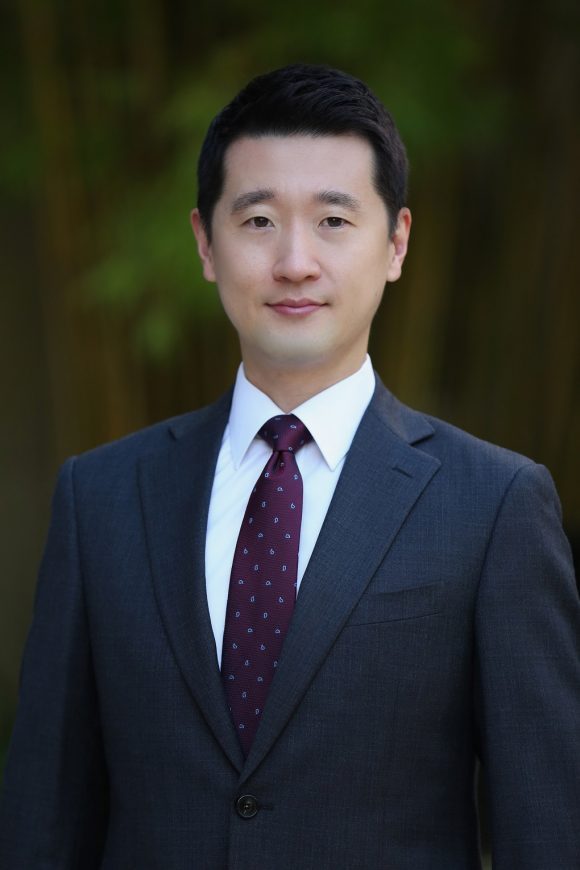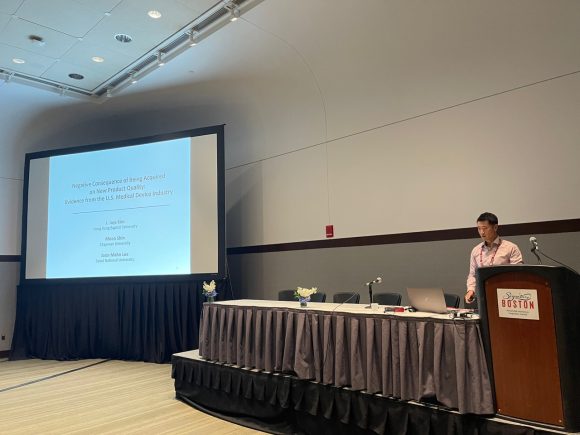“Pay-What-You-Want” (PWYW) Pricing with Moonsik Shin, Ph.D. Exploring the Intriguing Dynamics of PWYW Pricing and Its Impact in the Business World
November 29, 2023
 In recent years, a new business model called “pay-what-you-want” (PWYW) pricing has emerged. With this model, a business offers its product or service to customers with the freedom to choose any price, including zero, with the expectation that a sufficient number of customers will voluntarily pay enough to generate a profit. A prominent example of businesses adopting this pricing model is live video streaming platforms (e.g., Twitch, AfreecaTV), in which a streamer broadcasts to an audience who watches the streaming and may make voluntary payments to the streamer. Other firms in consumer-facing industries, such as digital goods (e.g., music, blogging) and food service (e.g., restaurants, cafés), have also found success with PWYW.
In recent years, a new business model called “pay-what-you-want” (PWYW) pricing has emerged. With this model, a business offers its product or service to customers with the freedom to choose any price, including zero, with the expectation that a sufficient number of customers will voluntarily pay enough to generate a profit. A prominent example of businesses adopting this pricing model is live video streaming platforms (e.g., Twitch, AfreecaTV), in which a streamer broadcasts to an audience who watches the streaming and may make voluntary payments to the streamer. Other firms in consumer-facing industries, such as digital goods (e.g., music, blogging) and food service (e.g., restaurants, cafés), have also found success with PWYW.
Dr. Moonsik Shin, an Assistant Professor of Strategic Management, explores why and how the PWYW pricing model works in his recent article, coauthored with David Gaddis Ross of the University of Florida, published in Academy of Management Review, a leading management journal. In this paper, the authors argue that PWYW is difficult to reconcile with existing strategic management theory, which has focused on market-based exchange. In market-based exchange, the value created by a firm is limited to a product’s use value, and the firm seeks to charge the highest possible price to buyers. In this view, a firm should seek to maximize its bargaining power to charge higher prices and, thus, create as much profit as possible. In contrast, with PWYW, a firm allows buyers to name any nonnegative price, abandoning its bargaining power to determine prices. Despite the abandonment of its bargaining power, the firm may capture a substantial amount of value because buyers voluntarily choose to pay positive prices. Under PWYW, why do customers pay positive prices when they are not obligated to do so?
The authors address this question by explaining the phenomenon through the lens of social exchange theory, which is based on the notion that individuals may behave in accordance with certain social norms even if doing so deviates from utility maximization. A customer of a firm using PWYW has all the bargaining power by design and so could, in principle, pay zero for the firm’s product and capture its use value. However, according to social exchange theory, to gain additional value from sociopsychological benefits, the customer is constrained by social norms to exercise the bargaining power and induced to pay a positive amount to the firm. The paper posits three social exchange mechanisms that motivate customers to make voluntary positive payments: display, the customer shows off wealth or generosity; reciprocity, the customer “returns the favor” to the firm of providing a product or service; and community, the customer pays the firm to support the community that is associated with the firm’s product.
One of the key implications of this paper is that a business transaction can be interpreted as a social exchange whereby the partners reciprocate favors to make each other mutually better off. For some businesses, providing sociopsychological benefits to customers, such as a sense of fairness, belonging, and public acclaim, may create more value for customers and generate more profits for firms.
__
